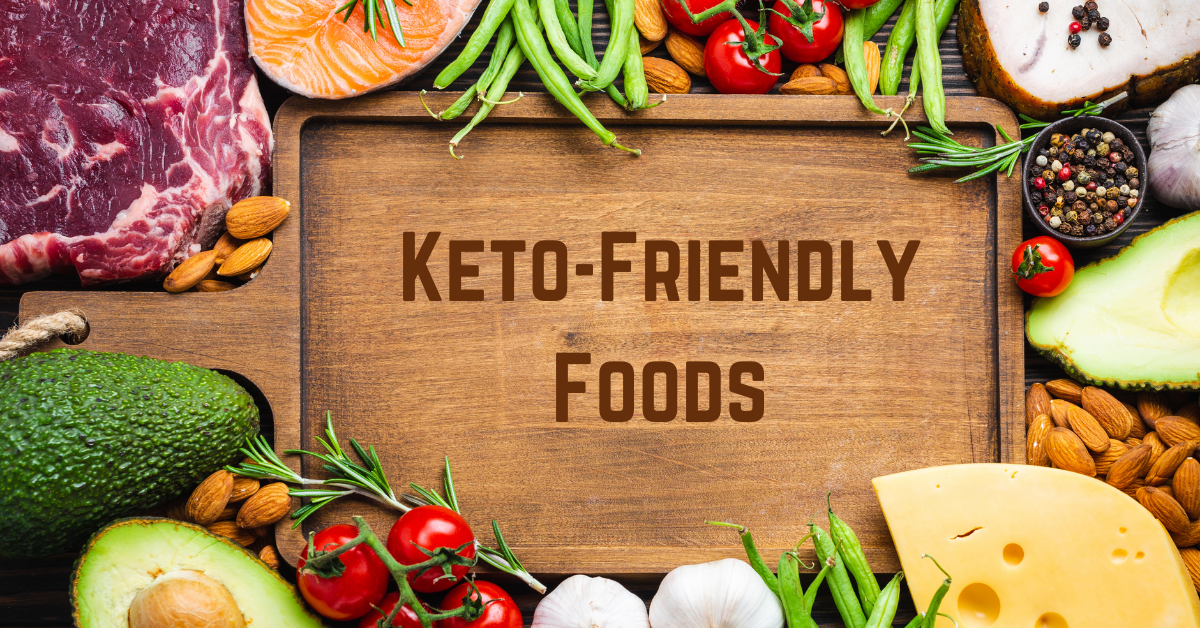THE NEW DIET
Before jumping in straight to the 25 most keto-friendly foods, let’s talk about transitioning to a new diet.
There are many reservations that people have when they begin a new “diet,” thoughts run through your mind like :
- What if I can’t stick to this type of eating?
- What if I go to a party and everyone is drinking? I will drink!
- I love sandwiches, what do you mean I can’t have a sandwich?
- This is so hard! I can’t do this!
You can do this. You will do this. And you are going to do this. Keto is not just a small-time diet that will melt away ten pounds in a week, and then once that week is over, you can go back to your “regular” ways of eating. This is a lifestyle change, an uphaul, and a permanent shift in your mindset. Therefore, it is time to take back your physical health and incorporate your mental health!
Keto sounds trendy; reality TV show stars like Vinney Guadanino have made a fortune by claiming themselves as the keto guido. This dietary change is so much more than a trend. It has been around much longer than the “keto guido.” because back in the 1920s, individuals with ailments from epilepsy used nutritional keto as a treatment. Also as an alternative holistic cancer treatment. Moreover, this is a severe lifestyle shift and an opportunity to learn about the value of eating real food.
Later, we will discuss the 25 most keto-friendly foods.
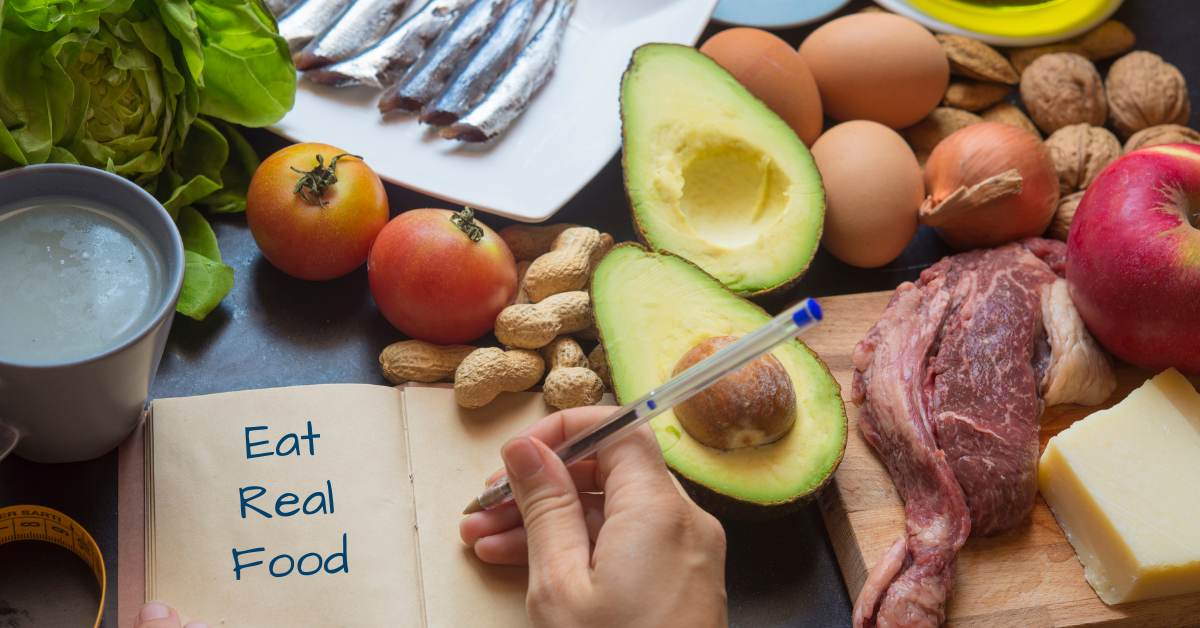
Historically, WHAT IS FOOD?
In order to see the importance of food and nutrition, we have to first examine how we got here. So, what is food? The answer is simple: chicken and potatoes, right? NO, it is so much more! Nowadays, food is an interdisciplinary field. Nutritionists, life coaches, keto coaches, fitness coaches, as well as wellness coaches are all centered around one pillar which is FOOD. So, what are we putting in our bodies?
You can examine food’s history by its cultural influences. As well as economic and sociological impacts on human nutrition. To understand how we have reached such a lonely place with obesity, diabetes, cancers, and other chronic diseases, you have to know where it all started.
I will make this an accelerated history of food. Here is where we started:
1. 5th-15th century
Medieval Cuisine used cereals as a staple; barley, whole oats, and rye were consumed by the poor. Fava beans and vegetables were shared and the meat was expensive so it was considered prestigious. The game was on the landowners’ tables. Cod and herring were mainstays either smoked or salted. Other freshwater or saltwater fish were available.
Food was controlled by the seasons, geography, and religious restrictions.
Ovens were typically outside of the home, made atop clay or turf. Low-income families survived on food that could be grown on their small plots of land; typical staples were stews and soups made from vegetables. No spices were used because it was expensive to buy. Hunting was illegal. Fruits were local trees. Bushes and honey were eaten while herbs were grown at home.
The upper class and nobility had access to better food and diet but ate food in small portions. They picked food spread on a long table. They ate heavily spiced dishes of meats such as lamb, fish, shellfish, venison, cheese, fruits, and pork.
Governed mainly by the church, they controlled food by geography and availability. There were many fasts throughout the year. Lent was the longest. People could not eat meat or fish on designated days. The church encouraged feasts at certain times such as Christmas and lesser holidays. All people participated in these feasts as they typically followed a fasting period.
2. 16th century
Spain and Portugal open up trade routes for food exchanges across the world. The Portuguese brought round raised loaves that uses wheat from Northern India and pork.
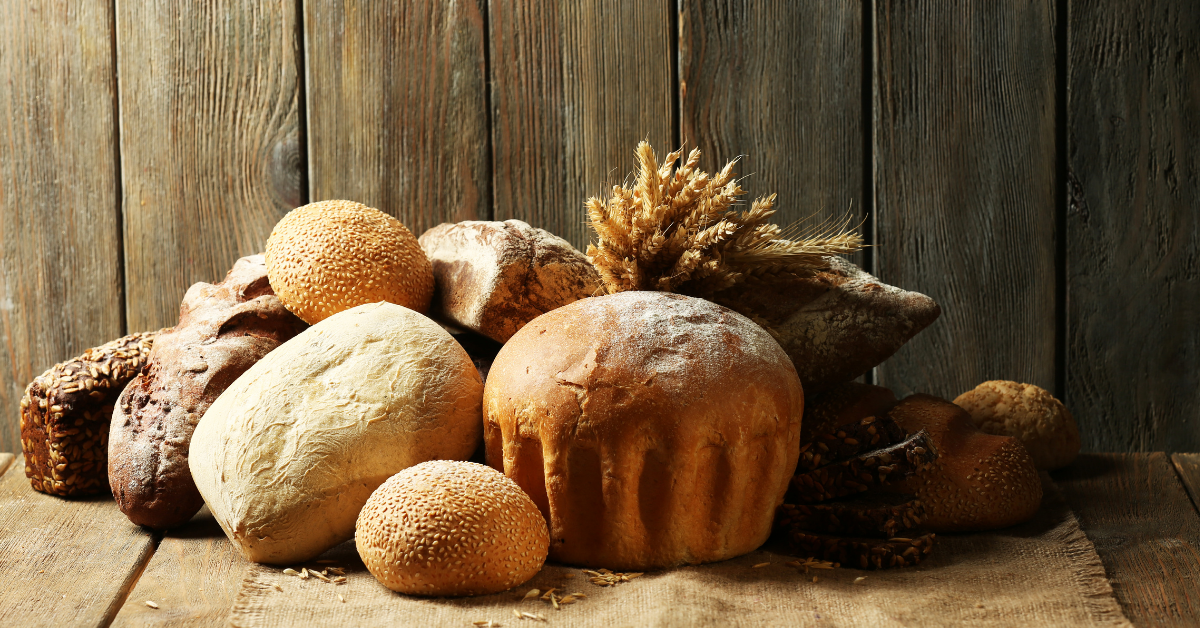
3. The 18th century Early Modern Europe
France and England have provided grain and livestock as their most crucial agricultural attribute. After 1700, innovative farmers experimented with new techniques to increase yield and looked into new products such as hops, oilseed rape, artificial grasses, commercial poultry, dairy foods. Enter sugar: sugar began as an upper-class luxury product. By 1700 Caribbean sugar plantations worked by slaves helped expand production, thus making it much more widely available. By 1800 sugar was a staple in the working-class diet, because it symbolizes economic freedom and status.
4. In the 19th century
Culture significantly shifted: by 1870, The western European diet was about 16 kilograms per person per year of meat, rising to 50 kilograms by 1914 and 77 kilograms in 2010.
In the immigrant neighborhoods of fast-growing cities in America, homemakers purchased ready-made food through street peddlers, opening the door to entirely new items such as pizza, spaghetti, meatballs, bagels, hoagies, pretzels, pierogies, firming up American eating habits in the fast-food culinary experience.

5. The 20th century
Marked by two world wars, it caused many places to resort to rationing food, hunger, and starvation of the civilian population. The ability to deprive people of food became a powerful new weapon. In Germany, the rationing system collapsed during World War 1; Vienna suffered from the war because the army prioritized the food supply. The meat was diverted first to the soldiers of allied countries. Then to urgent civilian needs in Italy, Britain, France, and Greece. Meat production stretched to the United States, Australia, New Zealand, Canada, as well as Argentina, with oceanic shipping closely controlled by the British. Food shortages were severe in Russian cities, therefore leading to protests that escalated and helped topple the Tsar in February 1917.
6. Germany ruled World War II
Trying to feed its population by deliberately cutting off food supplies to the Jews, Poles, Russians, and the Dutch. The United States executed The Marshall Plan from 1948-1950. The Marshall Plan allowed the US to provide technical expertise and financing for high productivity and large-scale agribusiness operations for postwar Europe.
7. The Green Revolution
The 1950s and 1960s brought about new high-yielding varieties of cereals, especially dwarf wheat and rice. The practices used in food production included chemical fertilizers and agrochemicals, mechanical cultivation, as well as controlled water supply to supersede traditional technology. Sugar, rice, and refined grains have become a ruler of our diets.
EXPERIENCE AND KNOWLEDGE OVER FOOD
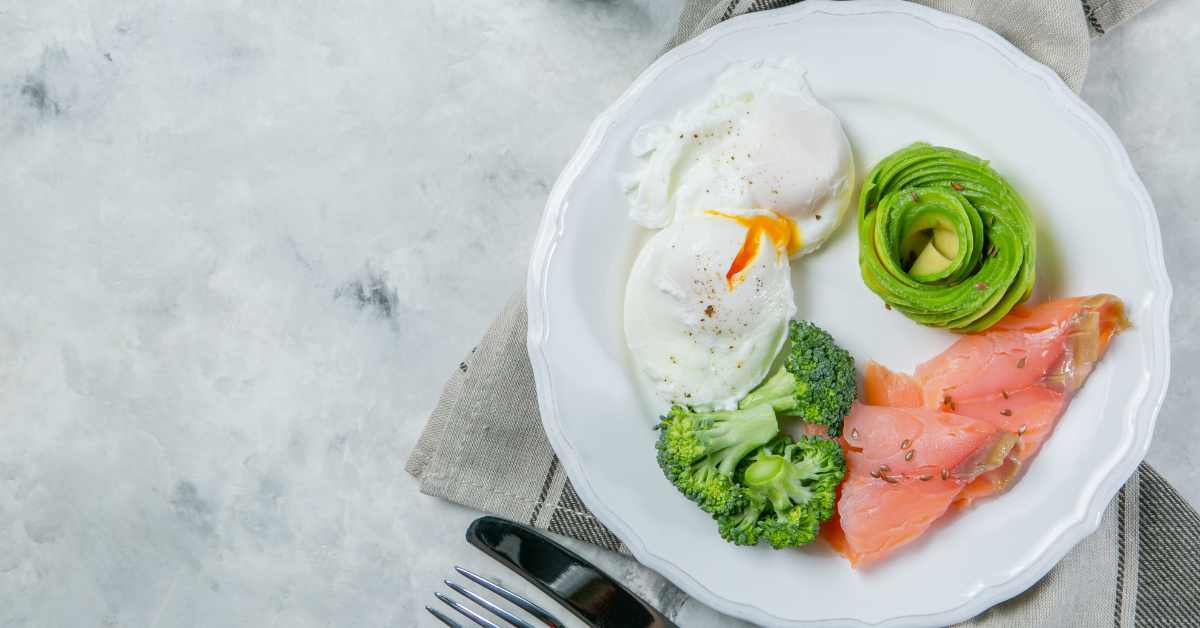
As you can see, the experience you have with food is so very different than someone had 100 years ago. We have developed an addiction to the convenience of what we now call food. The mechanics have overprocessed the quality of what we are consuming. The “whole grains” are not whole grains anymore. Processed in a plant by a machine and checked by the human eye. Ground down to fractions of their actual nutritional value.
As we have learned from history, food has changed dramatically and for the worse. The overprocessing, refining, adding sugar, chemicals, preservatives, and other things to expand foods worldwide has taken a toll on human health. The technology that “saved” the European countries post-war is now slowly killing up all. Our biological makeup cannot be abused with excess sugar, white flour, hops, cookies. As well as other fake grains claiming to be whole grains on the packaging. Bodies are meant to process real food. These are things which grow from the ground, fly in the sky, swim in the sea.
Let’s talk about real food, what it is and how to find it, and how we can all eat better. Here are the top 25 keto-friendly foods that hold macronutrients and micronutrients to fuel your body. I focused on foods that you can find in almost every grocery store:
1. Salmon — This Omega 3 rich fish is best when bought fresh and wild-caught if available. If you are lucky enough to live near a body of fresh water that is home to salmon, go fishing and cook your catch! It’s rewarding and instinctual for humans to find, catch, produce and then eat our food resources.

2. Cabbage– This above-ground vegetable is usually available in any grocery aisle. The available ones are green, white, purple, and red cabbage. While red has a sweet taste, green is typically used in condiments like sauerkraut and coleslaw. This fiber-rich vegetable can help you while changing over to keto because it’s rich in vitamin K and C.

3. Egg – This excellent complete protein can be touted anywhere. You can typically buy 18 organic eggs for under four dollars at the grocery store. Low in calories and high in fats, proteins, vitamins A, B12, B5, eggs can satisfy your snack craving. The macros on three hardboiled eggs fall right in line with your keto lifestyle. Eggs have zero carbs as well.

4. Kale – this deep green vegetable is so healthy! Here is a tip, massage the leaves on the kale before making a salad out of it. When you do that, it will soften the chewiness and make it more palatable. Kale is one of the most nutrient-dense foods on the planet.

5. Veal – the meat of calves, has a more favorable protein and fat quality. Beef is lower in cholesterol, but veal is higher in most B vitamins except B12, which beef has more.
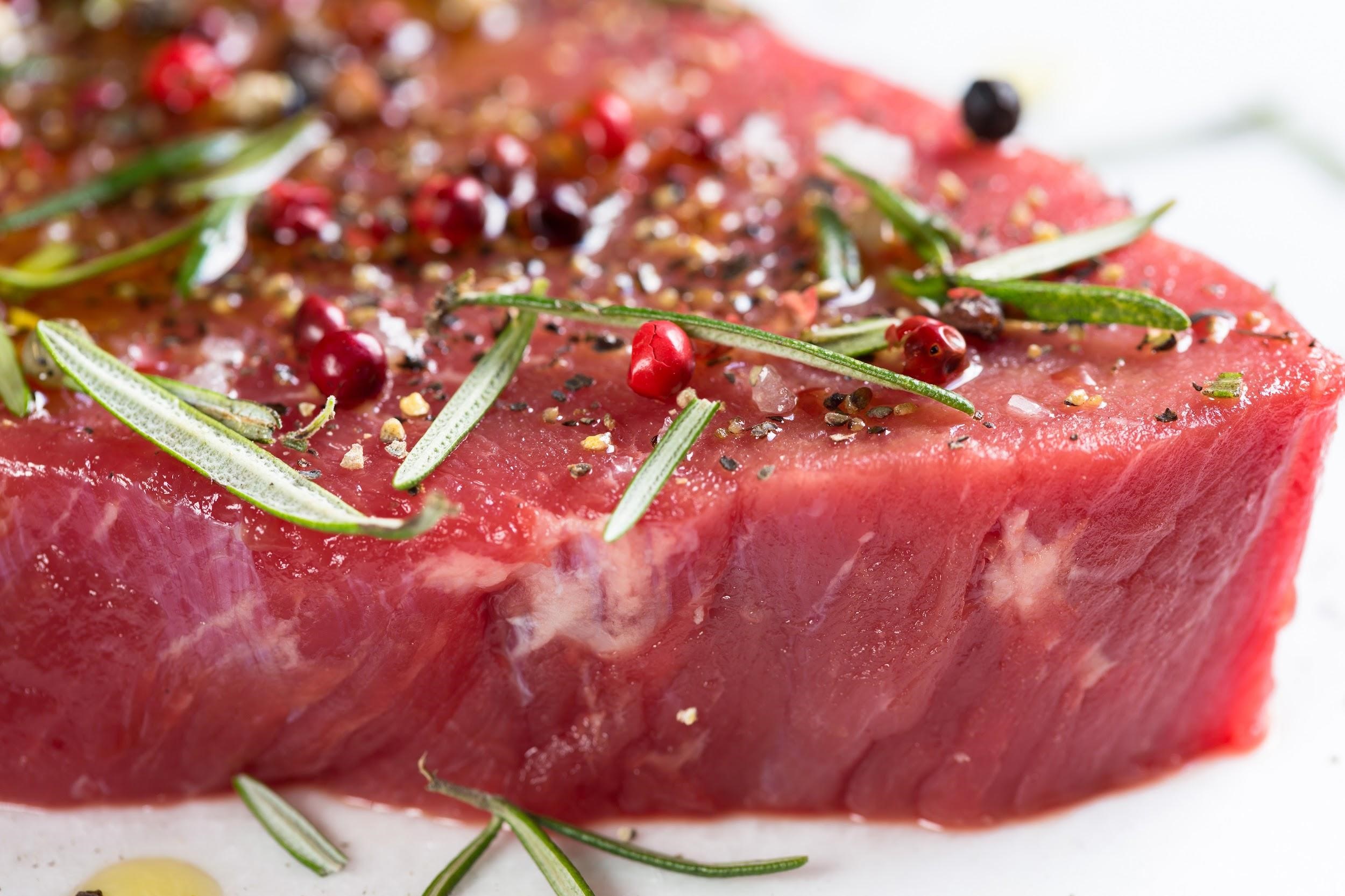
6. Eggplant – This vegetable is another above-ground growing beauty that can be found in most farmer’s markets and grocery stores or grown in your planter in the backyard! This fibrous plant will help keep you full and regular.

7. Cumin – one of my many favorite spices because cumin is keto-friendly and an excellent spice to add to any of your dishes. It increases antioxidant intake, promotes digestion, provides iron, improves blood sugar, and may reduce food born illness.
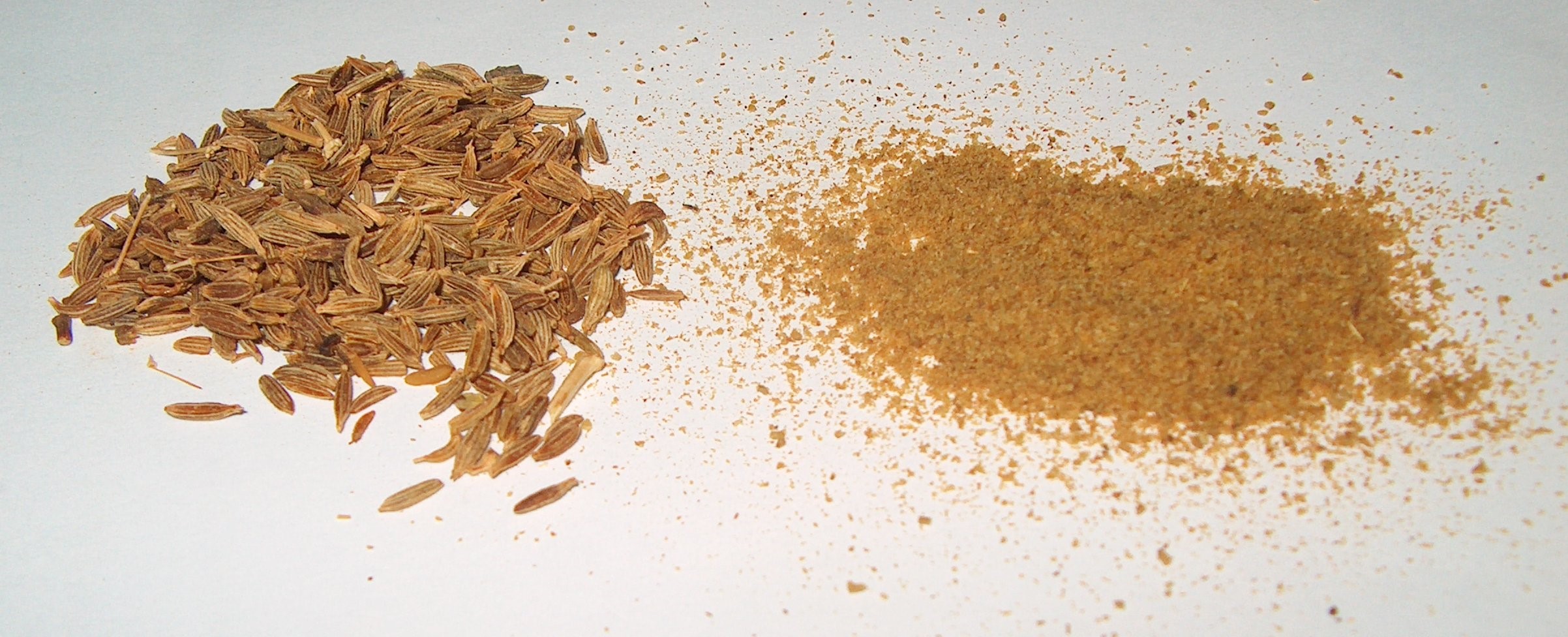
8. Olives – a great source of vitamin E, copper, calcium and made from about 2 grams of fat per olive. If you love blue cheese olives, this can be an excellent snack or side dish for you. Those charcuterie boards that are so popular now have become very enticing with your switch to keto.

9. Soy sauce – if you are missing your sushi, guess what? You can make your keto sushi then dip it into soy sauce as usual. See, this diet isn’t so bad, is it?

10. Shrimp – you can find shrimp on just about every restaurant menu. Opt for raw, or pre-cooked shrimp from the store. It has lots of protein, and selenium, which helps mood disorders like anxiety.

11. Olive Oil – derived from your best friend, the olive oil can be used at temperature to cook just about anything!

12. Butter – although you leave the bread, you can still have your butter. Use this to cook some of your favorite dishes in a keto-friendly way.

13. Cod – this fish is packed with protein, B12, and Niacin. Niacin helps your nervous system, digestive system and helps support healthy skin.

14. Almond flour – you will see this ingredient used in most of your keto baked goods. This flour alternative is full of good fats and fiber.
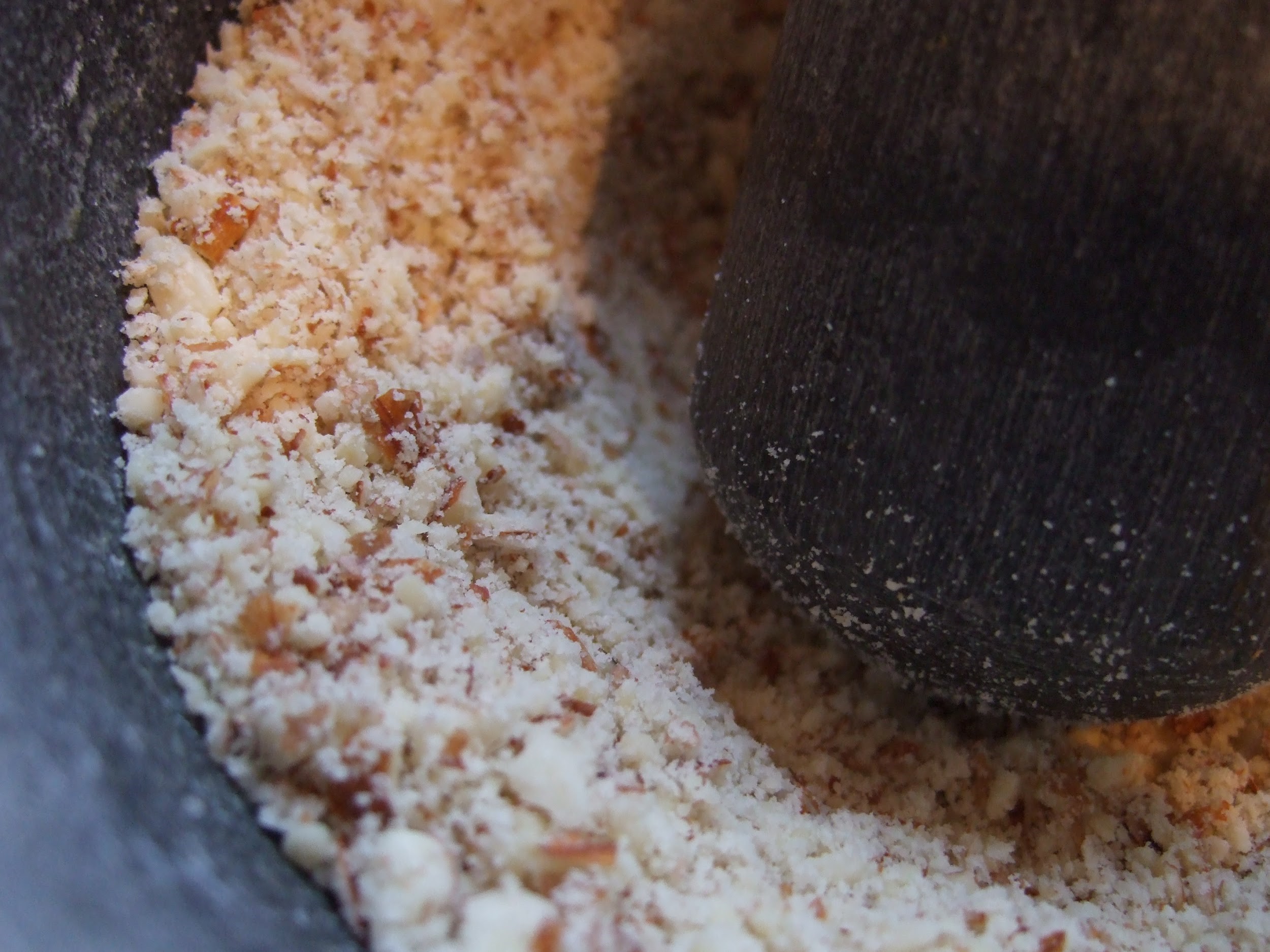
15. Blackberries – satisfying your body’s craving for sugar can be accomplished through fruits like berries. Loaded with Vitamin C, K, and Manganese which can help boost brain health.

16. Brazil Nuts – besides selenium, these nuts are full of fiber and possess other nutrients such as magnesium, copper, and zinc.
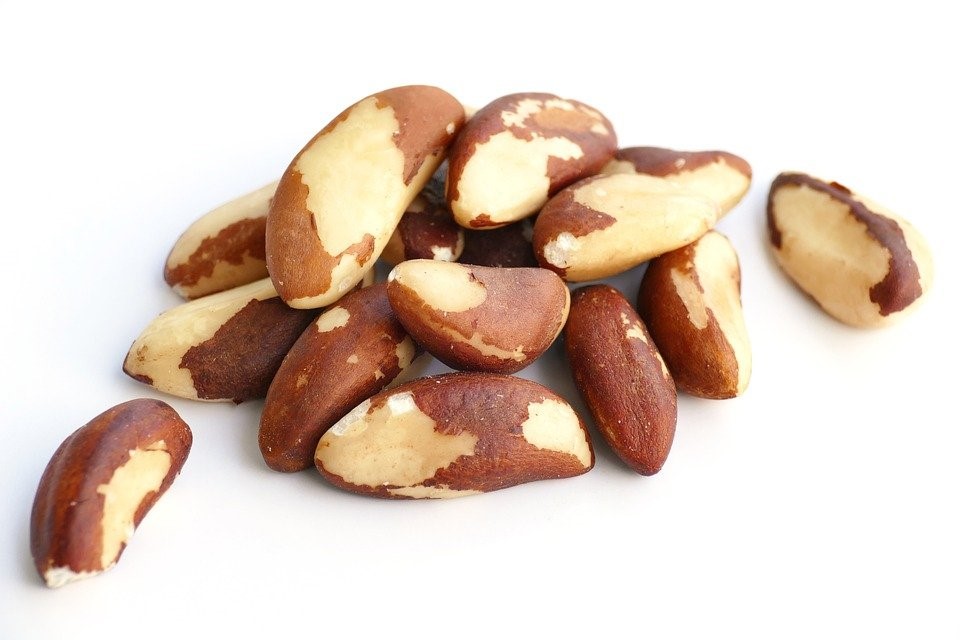
17. Coffee – drink it black and without artificial sweeteners if you are following a standard ketogenic diet.

18. Almond milk – if you must give your coffee a bit of flavor, opt for unsweetened almond milk. Its got more protein and fewer calories than regular dairy.
19. Bacon – I am not going to NOT talk about bacon because it is a staple in all grocery stores and on almost every menu in America. If you travel outside the country, you can still find cured meat available for you to eat instead of your beloved bacon.
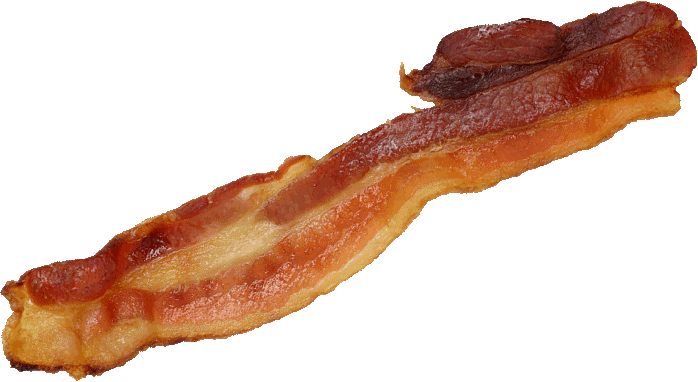
20. Bok choy – This vegetable contains many excellent nutrients, phosphorus, zinc, sodium, copper, manganese, selenium, niacin, beta-carotene.
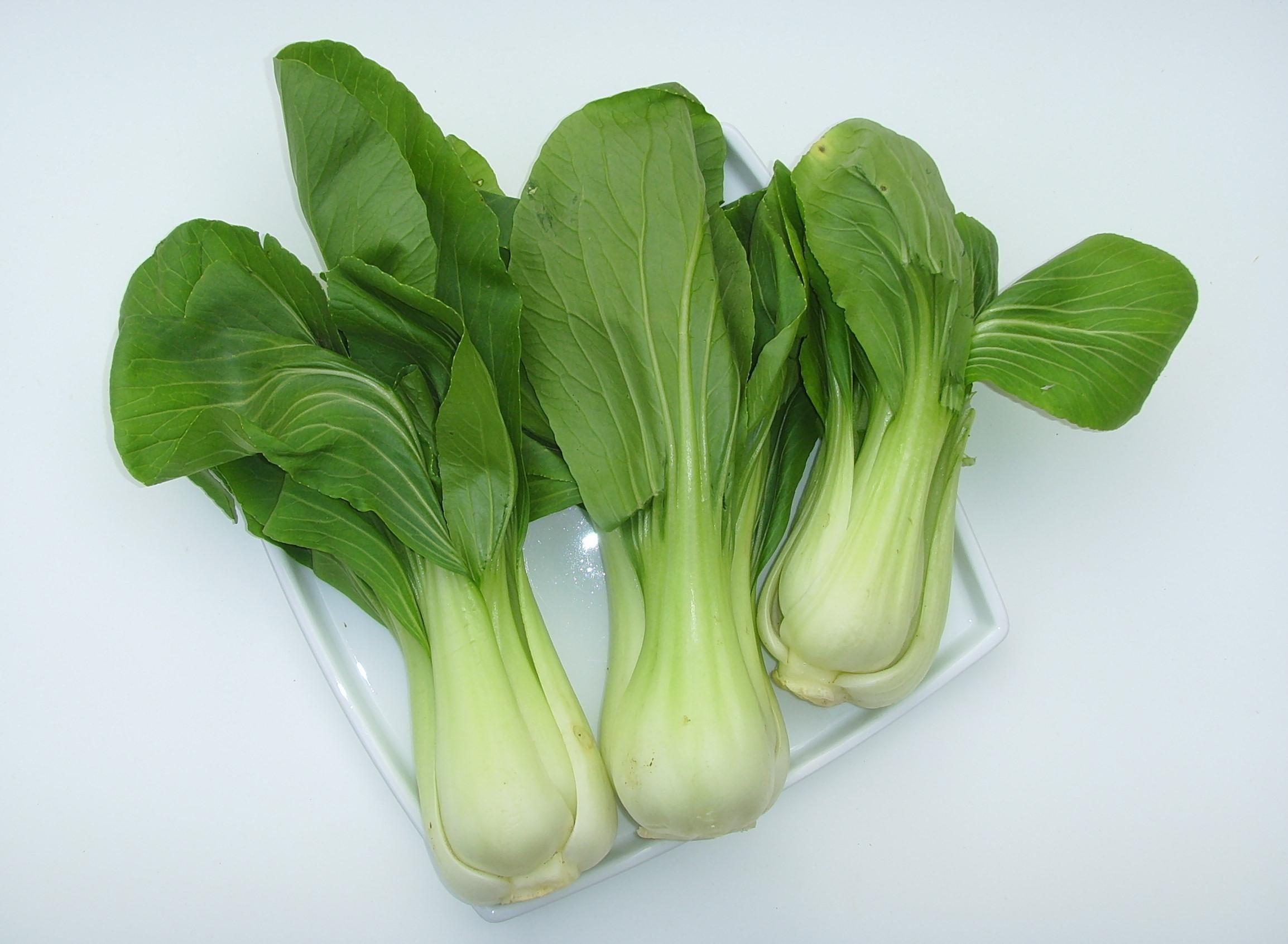
21. Spinach – is a staple ingredient in many salads served at restaurants, making healthy choices easier for everyone!

22. Chicken – there are not enough things to say about chicken. Most people have it at home in their freezer or fridge, awaiting the next meal. Condiments like soy sauce, Worcestershire, lime and lemon juice, and many other spices are keto-friendly. You can marinate some chicken breasts using these condiments for your next meal!

23. Cinnamon – this essence can be added into hot tea, coffee, mixed with other spices to coat meat, or just sprinkled on top of your dark chocolate bite. It helps to lower blood sugar. Also, it’s known to be an anti-diabetic.

24. Lobster – if you go out on a fancy date, next time, order the lobster and eat it all! This keto-friendly fish is another high-protein fish.

25. Avocado – you can eat it raw, slice it up with smoked salmon, then make it into a roll of “keto sushi,” mash it up, put some taco seasonings in there with tomato, and then call it guacamole (eaten with cheese chips). No matter how you like to eat your avocado, it is incredible for your skin, your brain, and your body. Packed with fiber and potassium, this should and can be a staple in your keto eating habits.


